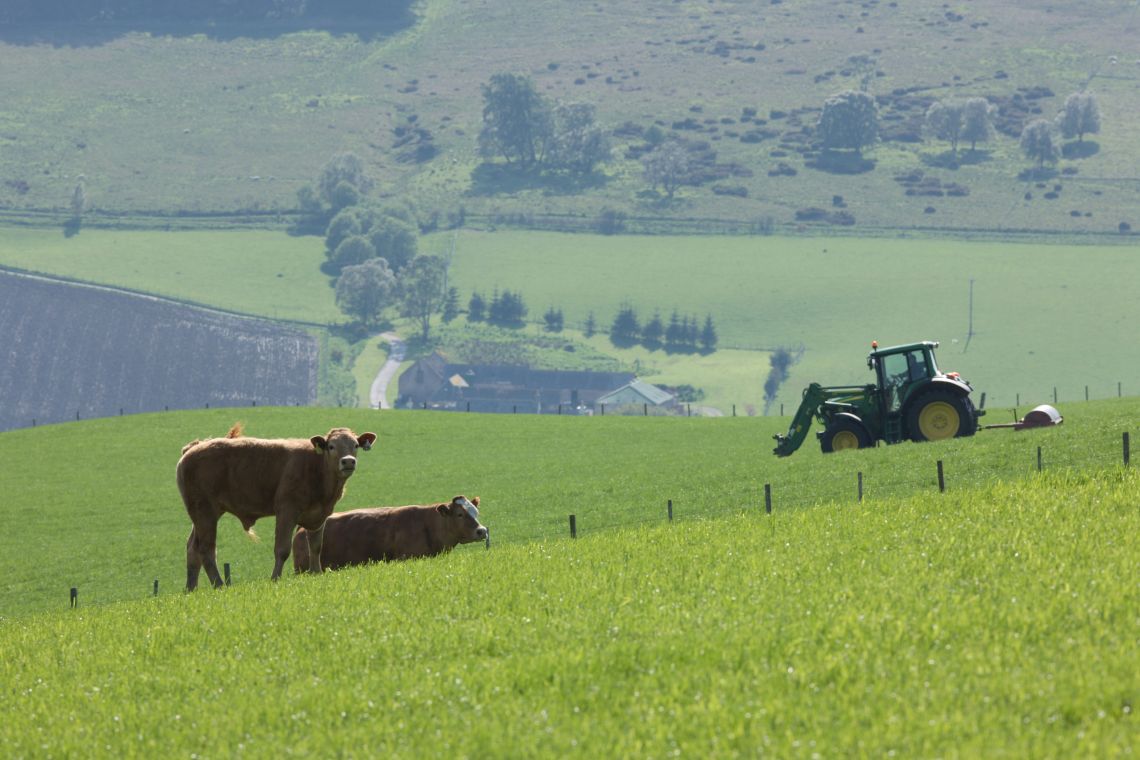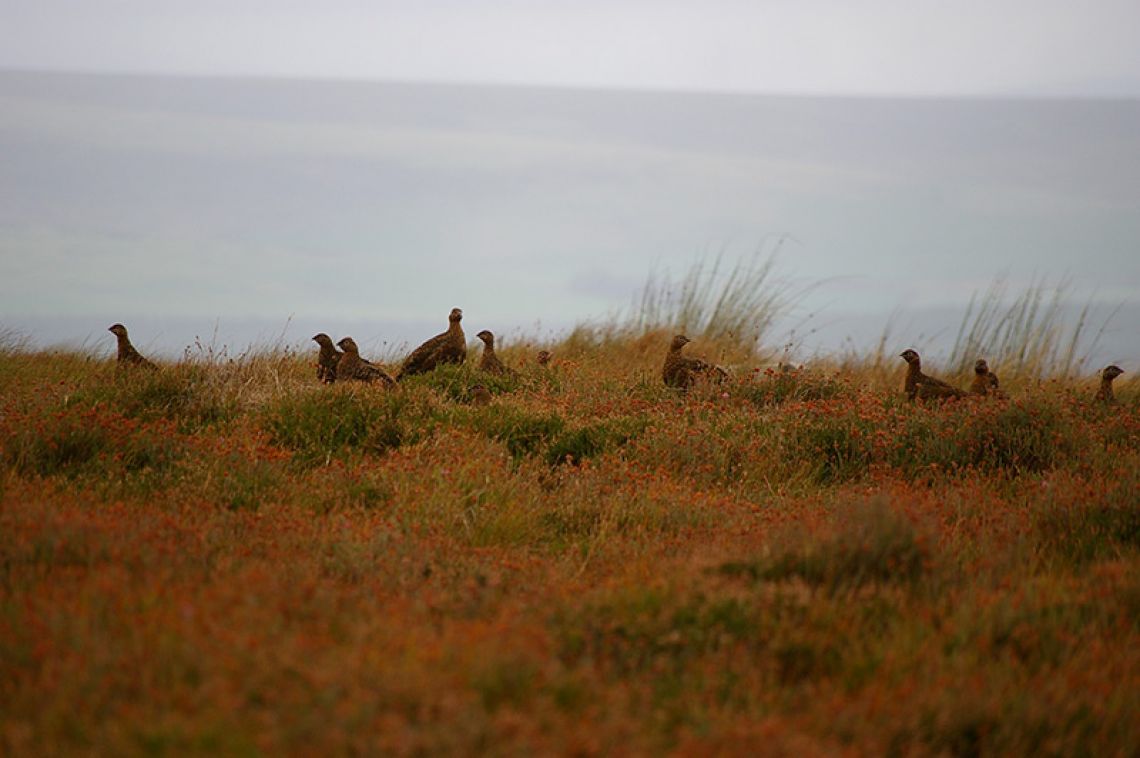The Estate
Field & Moor

Farm and field
Farming at Glenlivet dates back thousands of years, reaching a peak in the mid-1800’s, when sheep and stirks (young cattle) were the main product. Today farming is still the main industry of the area, but the farms are fewer in number and larger. Farming practices have also changed, with many more farmers now working to benefit the wildlife and habitats on their farms. There are now around 30 main tenant farms on Glenlivet Estate, which are mainly family run.
The fields of Glenlivet are a stronghold for wading birds, and one of the best breeding areas for waders in North East Scotland. Curlew, Lapwing, Oystercatcher, Snipe and Redshank all thrive on farm fields thanks to careful farming regimes and the creation of ponds and wetland areas. A great place to see these birds is from the bird hide in Tomintoul along the Tomintoul circular walk.
Planting of farm hedges, farm woodlands, bird crops and wildflower meadows on farms are also helping to boost the biodiversity on our farms, with songbirds such as skylarks are once again become a common sight and sound.

Magnificent Moors
The moorlands of the Cromdale hills and the Ladder hills encircle the Estate and in late summer the purple tones of the bell heather and ling form a beautiful backdrop to the landscape. The purple hills can be viewed easily from the B9136 road that runs through Avonside, along the base of the Cromdale hills, or take a walk out to the edge of the Ladder Hills by following the Livet Path.
The open hills provides a range of opportunities for field sports – both game-bird shooting and deer stalking. These activities are important to Glenlivet; attracting visitors, creating jobs, improving habitats and influencing the way the landscape looks.
Please note
Grouse shooting takes place mostly between August & October and Deer stalking in October, check shoot dates here. And don’t forget - ground nesting birds are sensitive to disturbance in Spring, keep dogs on leads!